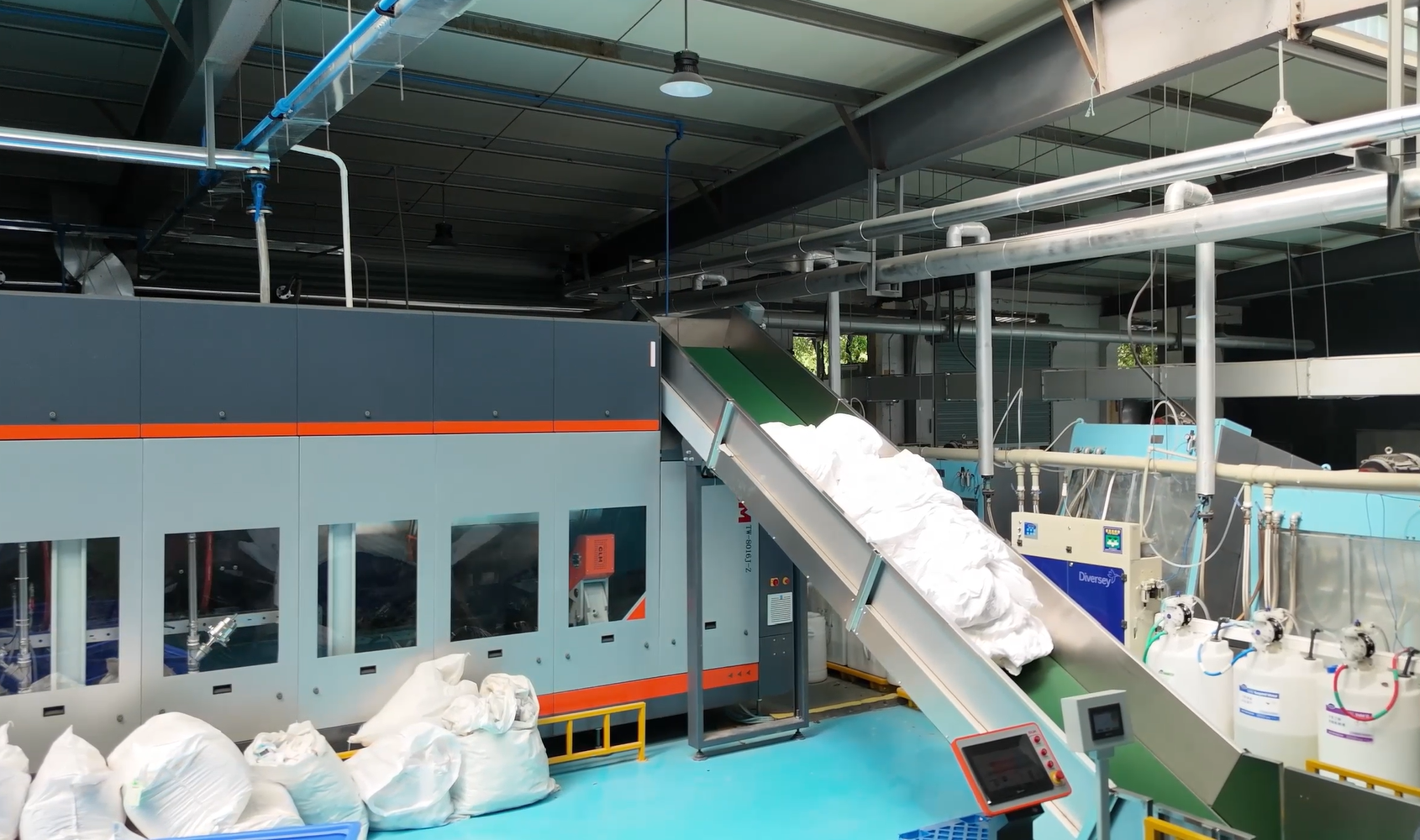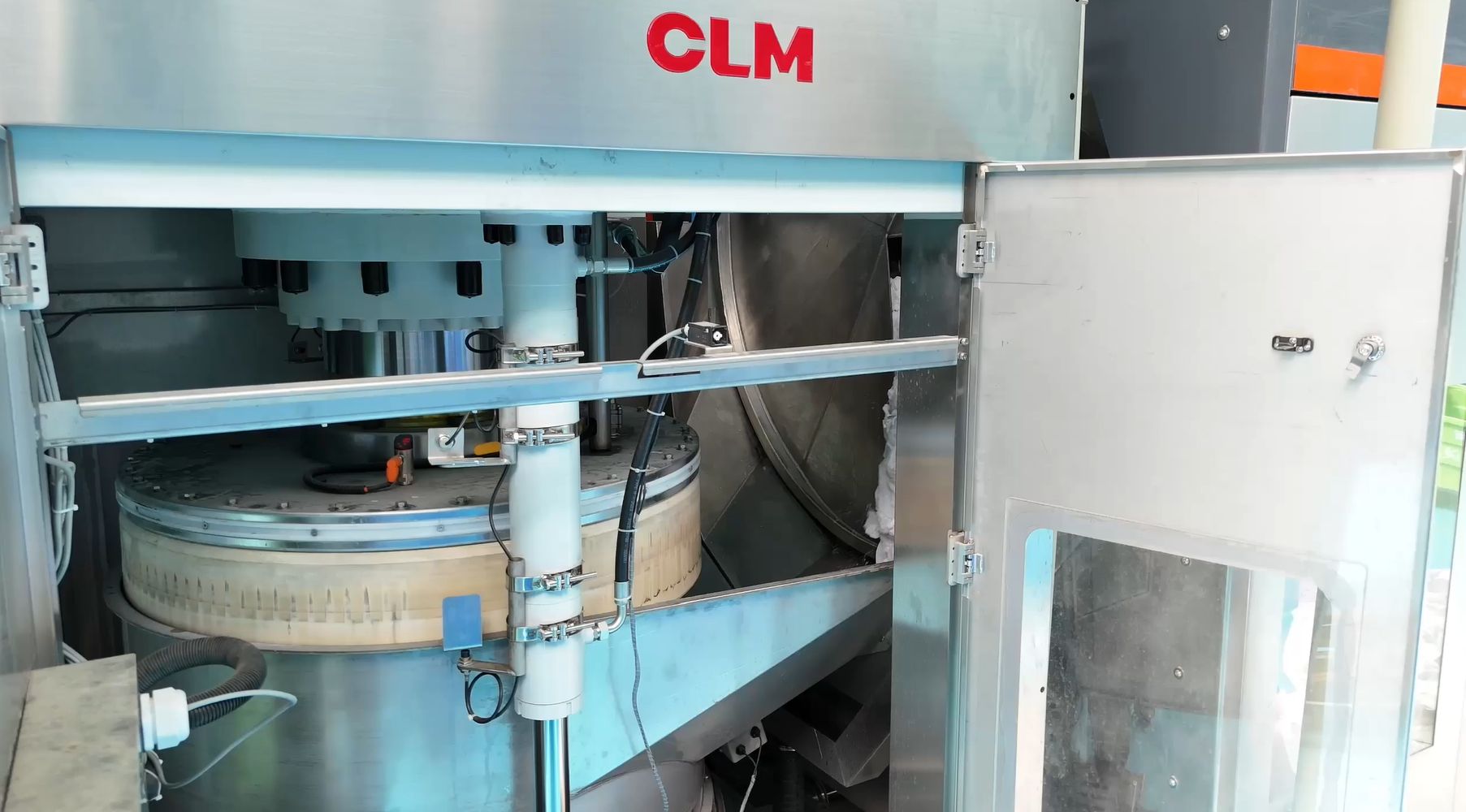In the textile laundry industry, many factory managers often face a common challenge: how to achieve efficient operation and sustainable growth in a highly competitive market. Although the daily operation of the laundry factory seems simple, behind the performance management, there are many blind spots and shortcomings that are unknown to the public.
The Current Situation of the Laundry Plant: Hidden Blind Spots
When setting performance indicators, many laundry factories often only focus on output and cost, while neglecting key factors such as equipment utilization rate, employee satisfaction, and customer feedback. This one-sided setting of indicators has led to excessive optimization in one aspect of the factory while leaving hidden dangers in other aspects.
For instance, the lack of operational data for washing and the arbitrariness of decision-making are also common problems. Many factories rely on experience to make decisions rather than guiding operations through data analysis. This not only easily leads to wrong judgments, but also may cause the loss of good market opportunities. If a factory could monitor the operation status of its equipment in real-time and adjust its production plan promptly, wouldn’t it be able to significantly enhance efficiency?
Wrong practices in performance management
During the process of performance management, some common wrong practices are also quietly affecting the operation of the factory:
● Over-reliance on a single indicator often leads managers to neglect other important operational links.
● Perfunctory customer management and the lack of systematic strategies can lead to a high customer churn rate and low satisfaction.
●The extensive management of laundry equipment has increased the failure rate, shortened the service life of the equipment, and ultimately led to a rise in costs.
The existence of these problems often makes managers feel helpless and confused. Faced with such a complex situation, how can we find a breakthrough and achieve efficient operation?
The Road Towards Efficient Operation
❑ First of all, the laundry needs to comprehensively set performance indicators.
A comprehensive performance indicator system should not only focus on output and cost, but also cover multiple aspects such as equipment utilization rate, customer satisfaction, and employee efficiency. In this way, managers can take a holistic view and make more scientific decisions.
❑Secondly, data-driven decision-making is the key to achieving efficient operation.
Factories should establish effective data collection and analysis tools to ensure that decisions are based on data rather than experience. When managers can obtain production data in real-time and adjust production strategies promptly, the operational efficiency of the factory will be significantly enhanced.
❑ In addition, optimizing the customer management strategy is also an indispensable part.
By establishing a systematic customer management process and enhancing customer satisfaction and loyalty, the factory can not only retain old customers but also attract new ones, thereby promoting business growth.
❑ In terms of equipment management, the factory should adopt refined management measures.
The factory should maintain the equipment regularly, handle faults promptly, extend the service life of the equipment, and reduce operating costs. When the equipment is always in the best condition, the production efficiency will naturally increase.
❑ Finally, the management of employees is equally crucial.
Establishing a continuous incentive and assessment mechanism to enhance the work efficiency and satisfaction of front-line employees can effectively improve the overall operational efficiency. The enthusiasm and creativity of employees are often important driving forces for the continuous development of factories.
Conclusion
In the management of laundry factories, everyone knows the importance of performance management. Through professional performance management, factories can not only achieve the optimal allocation of resources but also enhance production efficiency, reduce costs, increase customer satisfaction, and ultimately achieve a leap in performance.
Post time: Apr-29-2025



